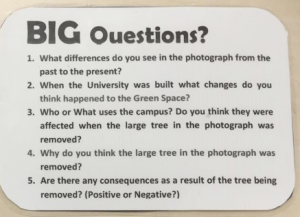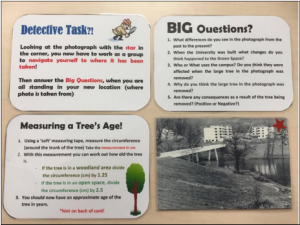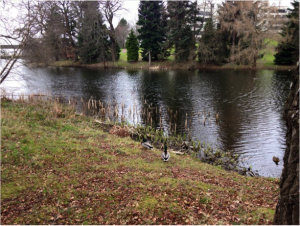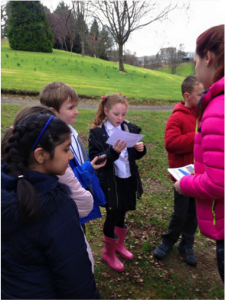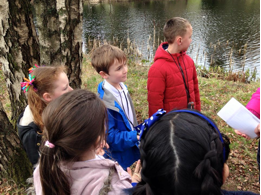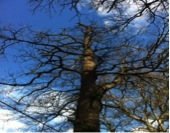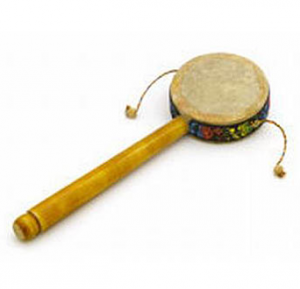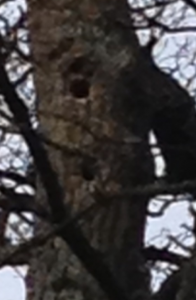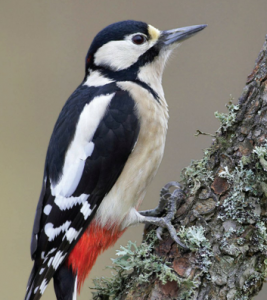Frozen Over was a temporarily way marked cache located at a place responsive site within the Stirling University Campus on a forest pathway on Hermitage Road, which leads to Airthrey Castle. The pathway is clear, wide, and easily accessible to all ages and ability, ideal for school groups. The geocache, a sealed plastic tub, is located under a large rock covered in moss, leading to the first part of enquiry. Opposite this is a large wall with an exposed rock face which shows a compressed rock formation running through it which was formed during the ice age 300 to 350 million years ago during the Ochils Fault Line event which is where the activity takes place.
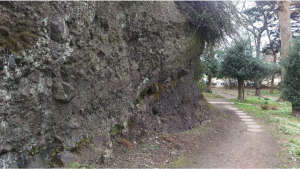
The contents of the ‘Frozen Over’ geocache were chosen as it encouraged active learning for children in the place responsive environment, focusing on the topic of geology. It included coloured crayons and paper to carry out the rock rubbing activity which allowed children to feel and observe the rock formation and learn how the ice age formed it, following the scientific topic of geology. Teacher information and question cards were also included to allow an exciting and responsive experience for learners. Children were encouraged to feel the moss and question what may use the moss as a habitat, which then leads on to the topic of sustainability as human activity affects climate change, which in turn affects wildlife habitat which we need to sustainably protect.
Both the information, questions and activity within the geocache encourage classroom leaning, investigation and enquiry skills, with quiz questions at the end allowing children to describe and explain the important facts and features of the site, encouraging active recall and enquiry. The activity of rock rubbing is explained in detail in the geocache and allows children to identify the area of condensed rock, and then learn why it had been formed this way. The geocache includes crayons and paper to rub the pattern of the rocks as they hold the paper against the rock and rub the crayon over the paper. The bright colour helps children see the pattern of rock formation clearly, which can then be taken to the classroom for them to form their own rock wall. The activity encourages group and independent learning, building self-esteem and independent thinking.
This geology based geocache follows the curriculum for excellence for science, learning experiences and outcomes in Biodiversity and Interdependence as the moss covered rock shows habitat and biodiversity, whilst the wall face shows the Processes of the Planet through learning about the ice age and climate change, with the rock rubbing activity allowing children to form their own wall within the classroom. Both sites can offer further learning on sustainability through the importance of reducing human impact on the climate and importance of protecting natural habitat for wildlife, linking the two concepts with geology. The big idea in science that this geocache follows is the composition of the earth and its atmosphere and the processes occurring within them shape the earth’s surface and its climate.
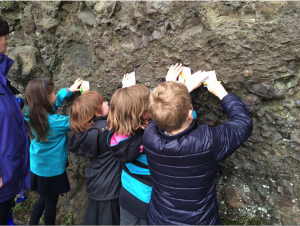
Lisa Scott & Ruairidh Beveridge (Heritage and Environment pathway students – EDU9S6 – 2016 )




